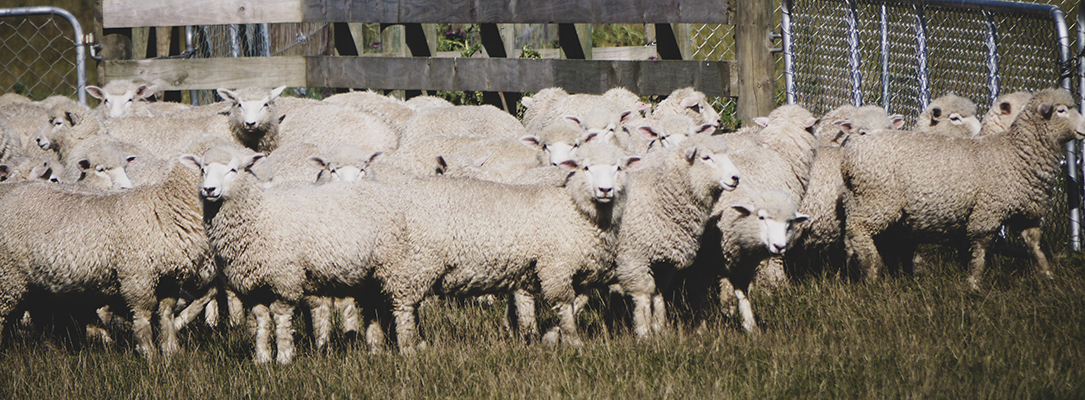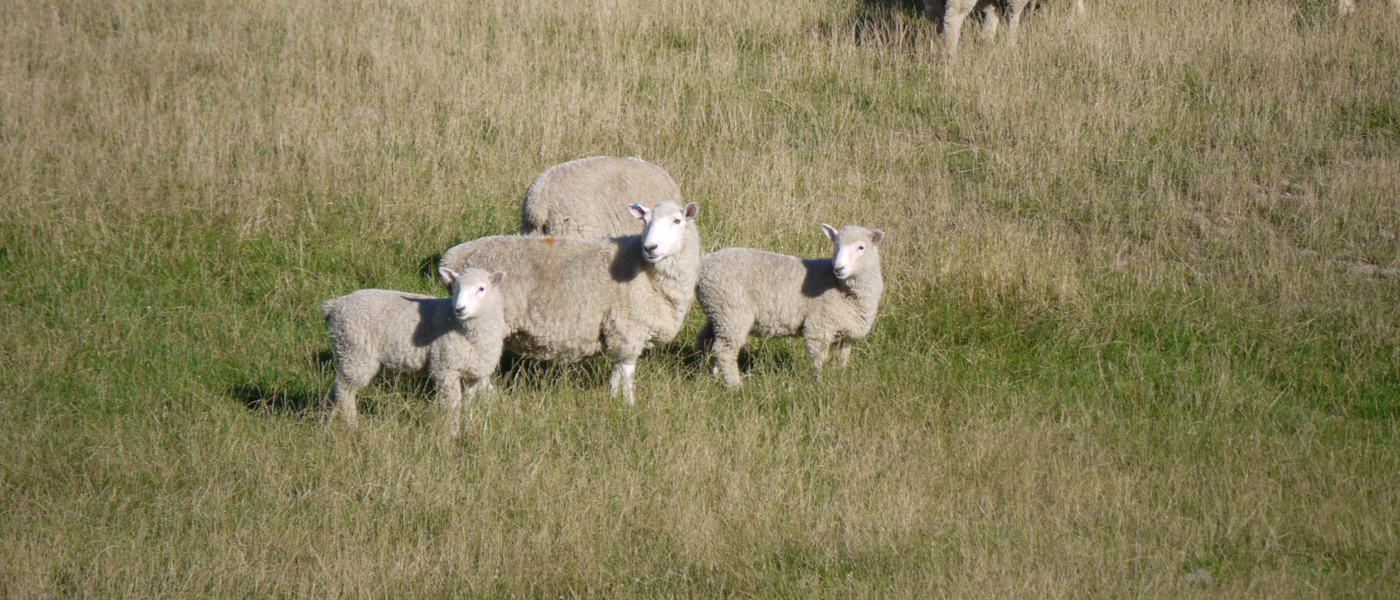
 Explore the latest news, insights, and seasonal advice designed to keep your pets and livestock healthy and thriving.
Explore the latest news, insights, and seasonal advice designed to keep your pets and livestock healthy and thriving.Knockout Drench: Don’t get caught with worms you can’t kill

Managing the effects of parasites on stock is a key factor in farming profitability. Younger animals are impacted most by the number of worm larvae they consume, yet parasites thrive in the warm wet conditions we need to grow high-energy pasture. Every drench is a chance to remove the parasites lambs have consumed since they […]
READ MORE

Weaning strategies for deer
The timing of and process for weaning is crucial to the success and therefore profitability on deer farms. It is a highly stressful time for hinds and fawns, and careful thought needs to be given to the process to minimise this and maximise growth. While natural weaning does not occur until the fawns are at […]
READ MORE

Salmonella, the ongoing re-emerging challenge – recognise it and vaccinate!
Salmonellosis takes many forms. Historically, our dairy cattle and sheep have been the focus of acute cases of salmonellosis – generally as single cases or at most a small cluster. Sheep emerged during the 1990’s to have flock wide florid abortions and acute deaths. This of course has been successfully managed by vaccination and/or management […]
READ MORE

Is your ram flock up for it?
With the ram sales already happening, it is time to have a sort out of your existing ram flock to ascertain numbers of new rams required. These new acquisitions should be from a brucellosis-free accredited flock that fits your farm’s management systems and goals. Care must be taken if getting cheap rams from saleyards – […]
READ MORE

The importance of a properly administered clostridial vaccination
Clostridial vaccines are one of the most researched and well-understood vaccinations on the market. The cost-benefit ratio of a successful clostridial vaccination programme always works in the farmer’s favour. You only have to save one in six hundred lambs to pay for the cost, and the faster you grow your lambs the more you need […]
READ MORE

TSE surveillance
In December 1984, on a farm in Sussex, suspicions of a new disease in cattle began to develop. In the following year, a postmortem diagnosed Bovine Spongiform Encephalopathy (BSE, or Mad Cow Disease). This was the beginning of a public crisis in and for the United Kingdom. This crisis cost 177 human […]
READ MORE

Dairy youngstock management in autumn
Ensuring optimum animal health in youngstock going into the autumn period can help maintain growth rates, hit liveweight targets for mating and minimise illness and disease. At this time of year, it is important to consider all aspects of health and feeding. Health issues of importance include parasitism, yersinia and trace element deficiencies. Feeding will […]
READ MORE

Feeding hinds for fawn management
One of the problems with managing hinds over the summer is that the fawning of hinds does not match feed supply and demand as well as sheep and cattle lambing and calving in the spring. Hinds fawn after grass has gone reproductive and has largely lost its best feed quality. Deer are programmed to make […]
READ MORE

Managing the ewe flock in the ‘dry’
Going into a dry spell, it is essential to make early decisions. Matching feed supply and demand in advance through feed budgeting is critical. Knowing what feed you have on hand, on a megajoules of metabolisable energy (MJME) basis, means you need to know the weight and energy content of the available forage types. These […]
READ MORE

Sheep abortion vaccines

On most New Zealand sheep farms there are “normal” pregnancy losses of around 1-2% from scanning to birth; any pre-lambing losses higher than this are abnormal and should be investigated to identify the cause of abortion. In any one year, up to 5% of the farms in New Zealand can experience an “abortion storm” with […]
READ MORE

Thinking of exporting cattle out of NZ?
Plan well ahead (1-2 years) with Vetlife so that your NAIT number qualifies on animal health requirements. The live exporting of both dairy and beef cattle to destinations such as China continues. Part of the strict legal requirements is for the exporting farm (NAIT number-based) to have suitable animals, based on the health status of […]
READ MORE

Parasite risk with rain in drought conditions
When it comes to pasture parasite contamination, we usually think of lush pastures, with moist conditions that allow worms to thrive. But unfortunately, drought conditions present a significant risk, especially after rain. It is well known that intestinal parasite eggs require moisture in order to hatch and develop into infective larvae. The larvae tend to […]
READ MORE

Get in touch with your local Vetlife Clinic today to discuss your animal’s health concerns.
With vet clinics across the South Island, we look forward to welcoming you into one of our Vetlife clinics.
FIND A CLINIC